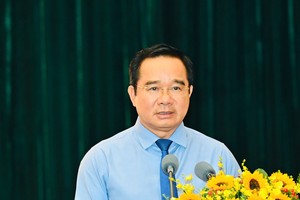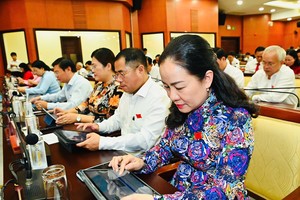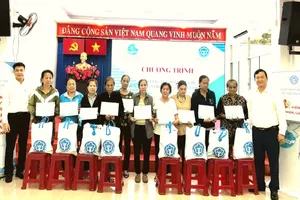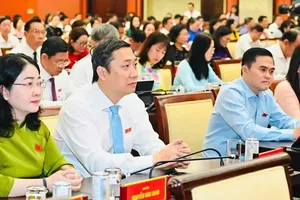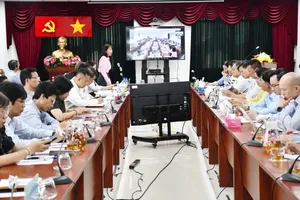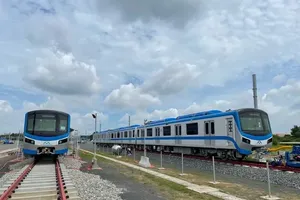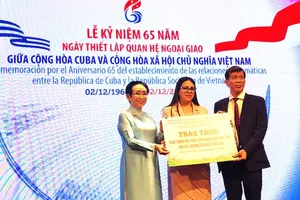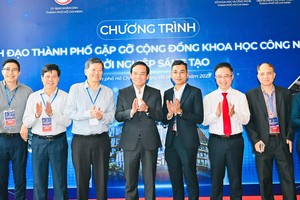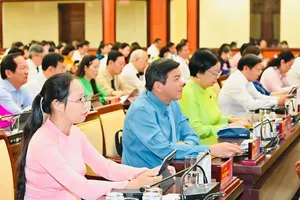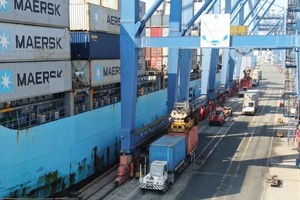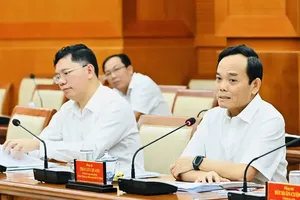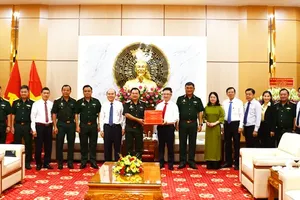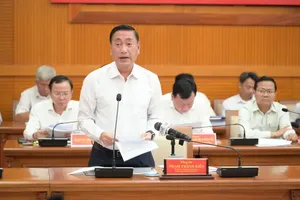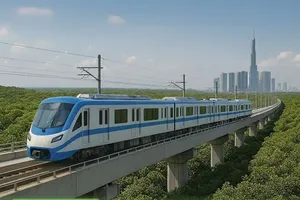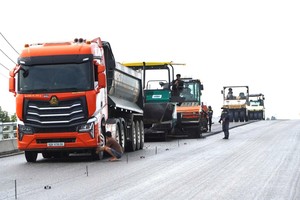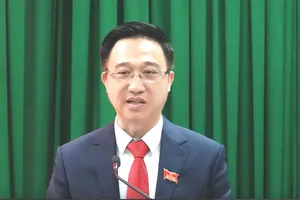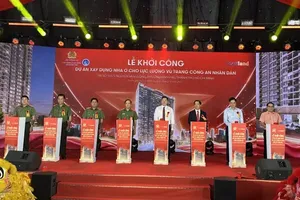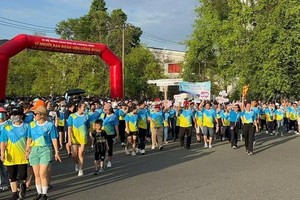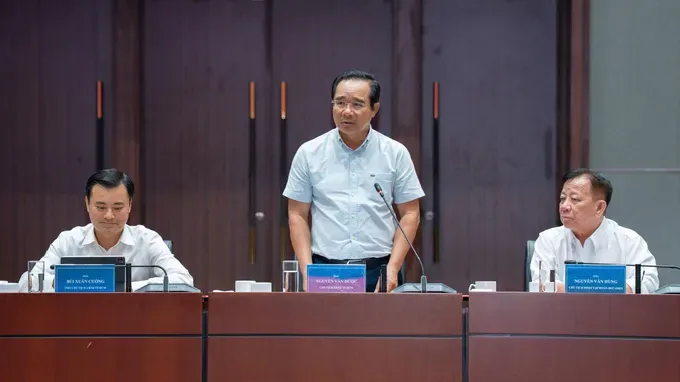
Yesterday afternoon at the WTC Tower, Chairman Nguyen Van Duoc of the Ho Chi Minh City People's Committee chaired a working session with leaders from Becamex Group regarding the proposed Bau Bang – Cai Mep rail line project.
The delegation included Vice Chairman Bui Xuan Cuong of the Ho Chi Minh City People's Committee, along with representatives from various departments and agencies.
During the meeting, Becamex Group representatives presented a report on the proposed high-speed rail line designed to connect the center of Ho Chi Minh City with Cai Mep – Bau Bang – Can Tho. They also outlined key policy proposals regarding:
- An integrated 3-in-1 planning model such as unifying rail, land, urban, and industrial planning to create a cohesive economic corridor
- Land use policies
- Legal frameworks for Public-Private Partnership (PPP)
- Financial arrangements.
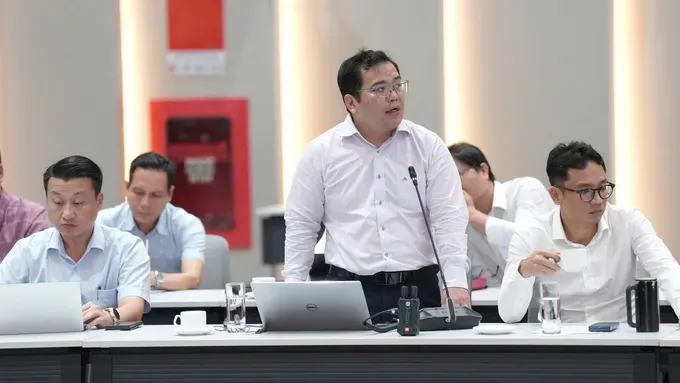
Becamex Group also submitted a request for the Ho Chi Minh City People's Committee to address obstacles and create favorable conditions for the group to execute six specific projects. These include:
- Two key BOT transport projects such as National Highway 13 BOT and the completion of the My Phuoc – Tan Van road under a BOT model
- Difficulties related to financial obligation procedures for two industrial parks including the expanded Bau Bang and Cay Truong Industrial Park
- Two solar energy projects: Bau Bang 1 and Bau Bang 2.
During the meeting, Chairman Nguyen Van Hung of the Board and General Director of Becamex Group expressed his confidence in the high feasibility of the Bau Bang - Cai Mep rapid railway project when implemented; the steps will be carried out in accordance with the procedures and regulations set forth by the Government. He mentioned that foreign consultants have conducted research, and therefore, Becamex will reassess to propose specific solutions; he hopes that the Ho Chi Minh City People's Committee will facilitate the group's investment in effectively preparing the project's feasibility study report.
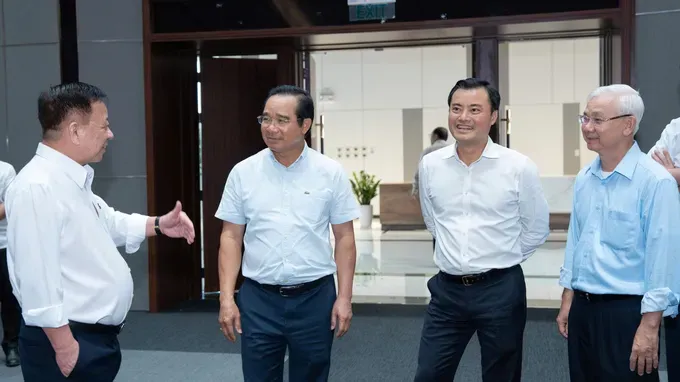
At the end of the working session, Chairman Nguyen Van Duoc of the Ho Chi Minh City People’s Committee expressed high appreciation for Becamex Group’s initiatives in infrastructure development and its significant contributions to the city’s economic growth in recent years.
He underscored that the leadership of the city remains committed to the guiding principle of tackling urgent issues promptly and decisively, in accordance with resolutions of the Central and Ho Chi Minh City.
Turning to the matter of transport infrastructure, the Chairman reaffirmed the city’s strong commitment to accelerating railway development as a foundation for regional connectivity and sustainable growth. In this regard, he entrusted Becamex Group with the task of conducting in-depth research and proactively submitting a detailed proposal for the Bau Bang – Cai Mep railway project, an initiative expected to enhance the efficiency of goods transport between industrial zones and seaports.
With respect to the expansion of urban railway networks, particularly the metro routes linking Binh Duong to Suoi Tien, Chairman Nguyen Van Duoc instructed Becamex Group to incorporate these projects into the city’s overall railway planning. He further directed the company to prepare comprehensive project documents and ensure timely submissions.
The Chairman stressed that Becamex Group should give top priority to advancing these two railway projects, while clearly defining the division of responsibilities in investment procedures, assessing the feasibility of capital mobilization, and ensuring synchronization in planning. This includes not only railways and stations but also the development of Transit-Oriented Development (TOD) areas, the application of modern technology, and, importantly, collaboration with enterprises specializing in technology transfer.
By establishing clear guidelines and stressing the importance of accountability, the Chairman underscored the city’s commitment to converting transport infrastructure into a pivotal catalyst for growth, while promoting robust public-private partnerships to expedite essential projects that will define the future of Ho Chi Minh City.
